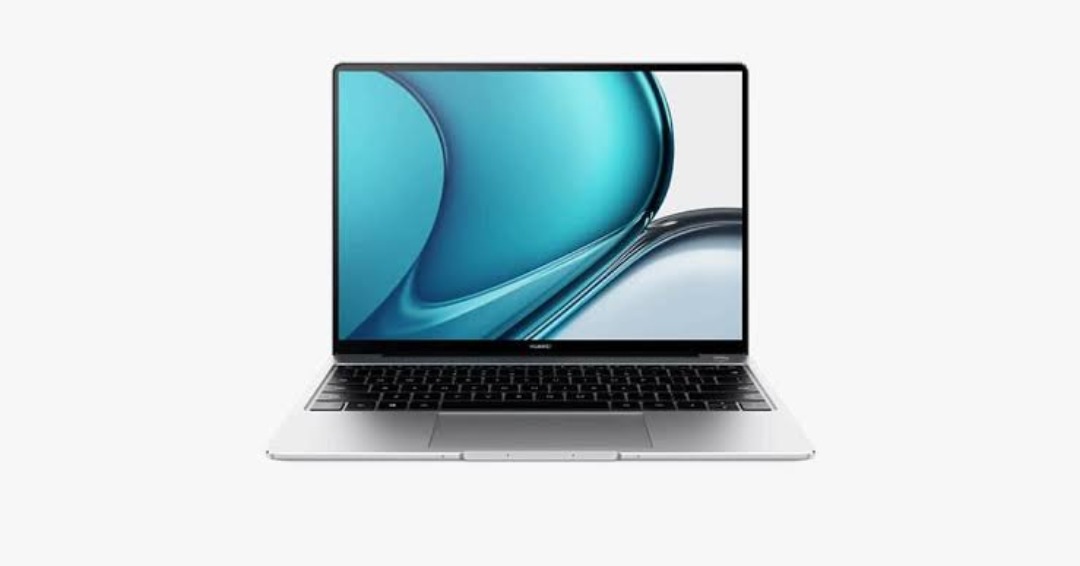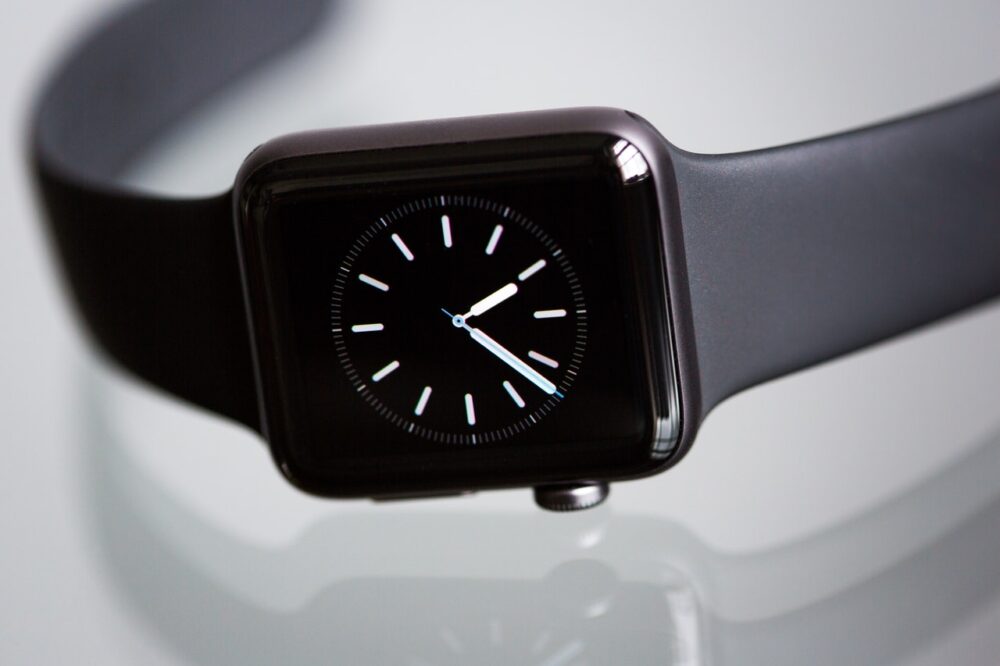With the rapid increase in technological advancement, many USB cables are developed for different purposes. The USB versions start from the standard USB 1.0, and now here we are at USB-C cables or Type-c cables.
But this is not. In USB-C cables, we have different generations and versions with some particular functions. It may be challenging and hectic to choose among different types of USB-C cables if you are not familiar with their uses and specifications.
On UGreen’s USB-c page, you can witness all the different types of USB-C cables, but if you are unfamiliar with the types and their uses, you might get confused. So here we are jotting down all the types of USB-C cables with their specified benefits and specifications.
To know all about USB-C cables and their types, let’s dig into the article.
Different Types of USB-C Cables
When it comes to USB-C cables it is referred to as the most helpful invention for transferring data quickly and safely and for a variety of purposes.
Have you ever wondered why it is named Type-C or USB-C? Let us enlighten that it is called USB-C due to its shape and design. These USB-C cables have a symmetrical rectangular shape with circular ends. That’s why it is called Type-C.
These USB-C cables come in 5 different types. Let’s jump to the types.
1. USB 2.0
USB 2.0 is the oldest and the most popular version, which also comes in USB-C cables, typically from USB-A to USB-C variety. Most people still connect it with the micro-USB or standard USB-A ports. The USB 2.0 version can boost the speed of your data transfer to almost 480Mbps, which is good when you have to transfer a small amount of data. Moreover, the charging pace is slower at 5 volts. Due to the slow charging pace and slow data transfer speed, it is referred to as a less ideal USB-C cable.
2. USB 3.2 Gen 1
Some people may get confused about USB 3.0, 3.1, and USB 3.2. But let us enlighten the fact that when USB 3.0 is first invented, it comes with the name USB 3.0, and after that, USB 3.1. But after the naming convention in 2019, USB-IF changed its name to USB 3.2. Apart from all this naming confusion, this version is a significant boost in data transferral and charging speed. It is almost ten times faster than the previous version, with a rate of almost 5Gbps.
3. USB 3.2 Gen 2
This protocol is significant as it offers a 10Gbps transferral rate, making it nearly ideal. In this version, we don’t get impressive charging results as it only jumps from 5 volts of 0.9A to 5 volts of 1.5A. But it is better than its previous version.
4. USB 3.2 Gen 2×2
The version jumps from 5 volts of 1.5A to 5 volts of 3A, finally doubling its speed for charging and yielding 15watts. Moreover, if we talk about transferral rate, USB-C versions never disappoint in doubling their speed. As the name suggests, USB 3.2 Gen 2×2 doubles its speed to 20Gbps.
5. Thunderbolt 4
Here comes the faster USB-C cable. With the enormous speed of 40Gbps, it tops the list of USB-C cables. This is the most popular USB cable among all USB-C cables. Moreover, the default power delivering technology also boosts the charging capabilities making it ideal for everyone.
USB-C Cables Are Designed For?
USB-C is intended for general use. It’s a simple connector that simply slots in, and it’s found on mice, keyboards, and a variety of other peripherals that require a removable connector. Those who require high-speed data transfer will find it helpful with external hard drives and other external data storage devices, particularly those containing video footage or large datasets.











